Namibia is one of the continent's most dramatic destinations, characterized by sweeping deserts, craggy mountains, and exceptional wildlife. It's a photographer's paradise: from the famous red sand dunes of Sossusvlei to the wildlife teeming plains of Etosha National Park, Namibia is full of opportunities to take astounding photographs.
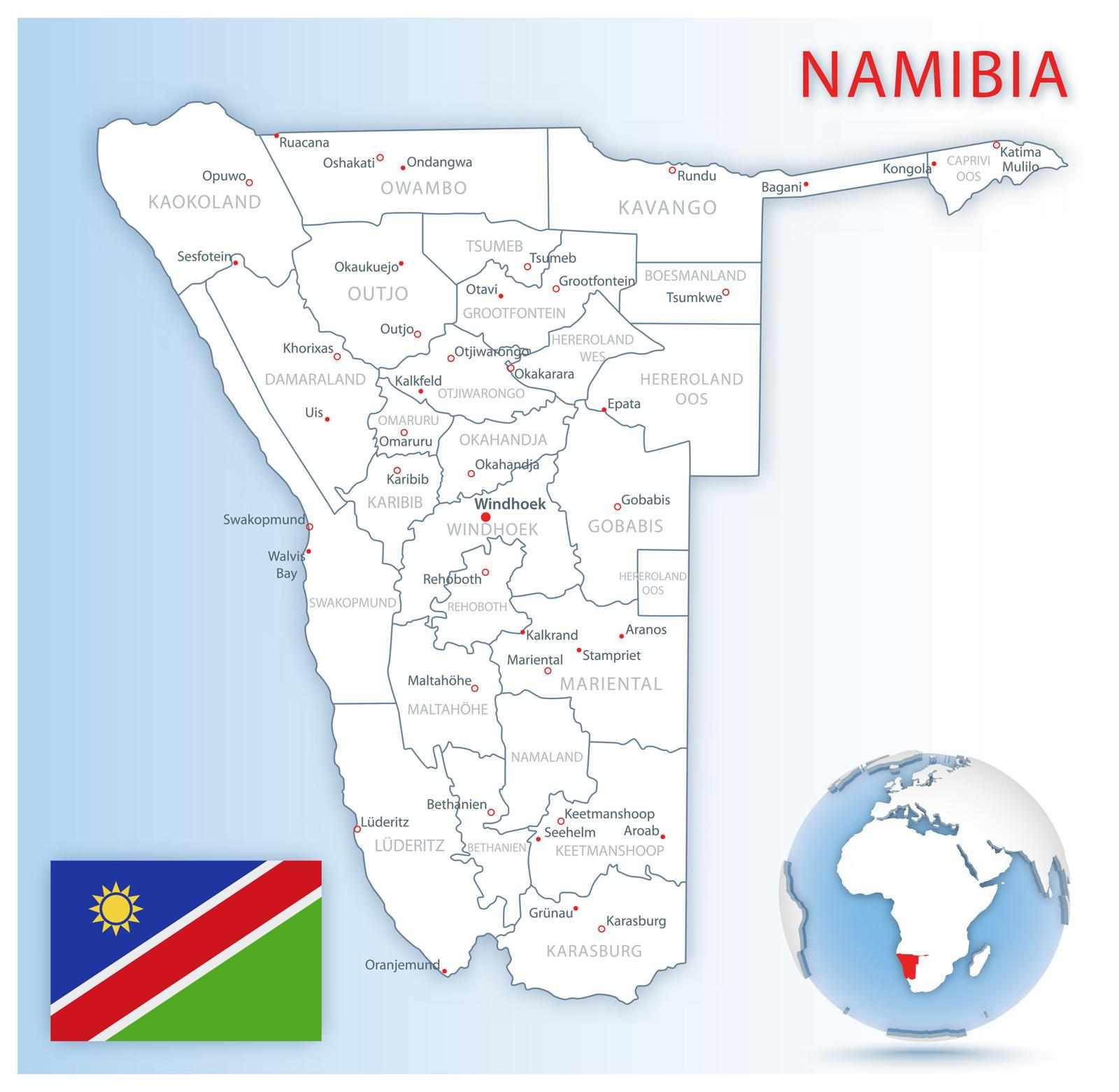
For foreign visitors, particularly photographers with equipment and time constraints, the Online Namibia eVisa has simplified traveling to the country. It streamlines entry so that tourists can put their cameras to better use rather than forms.
Why Namibia is a Photographer's Paradise
The landscapes in Namibia are terribly varied:
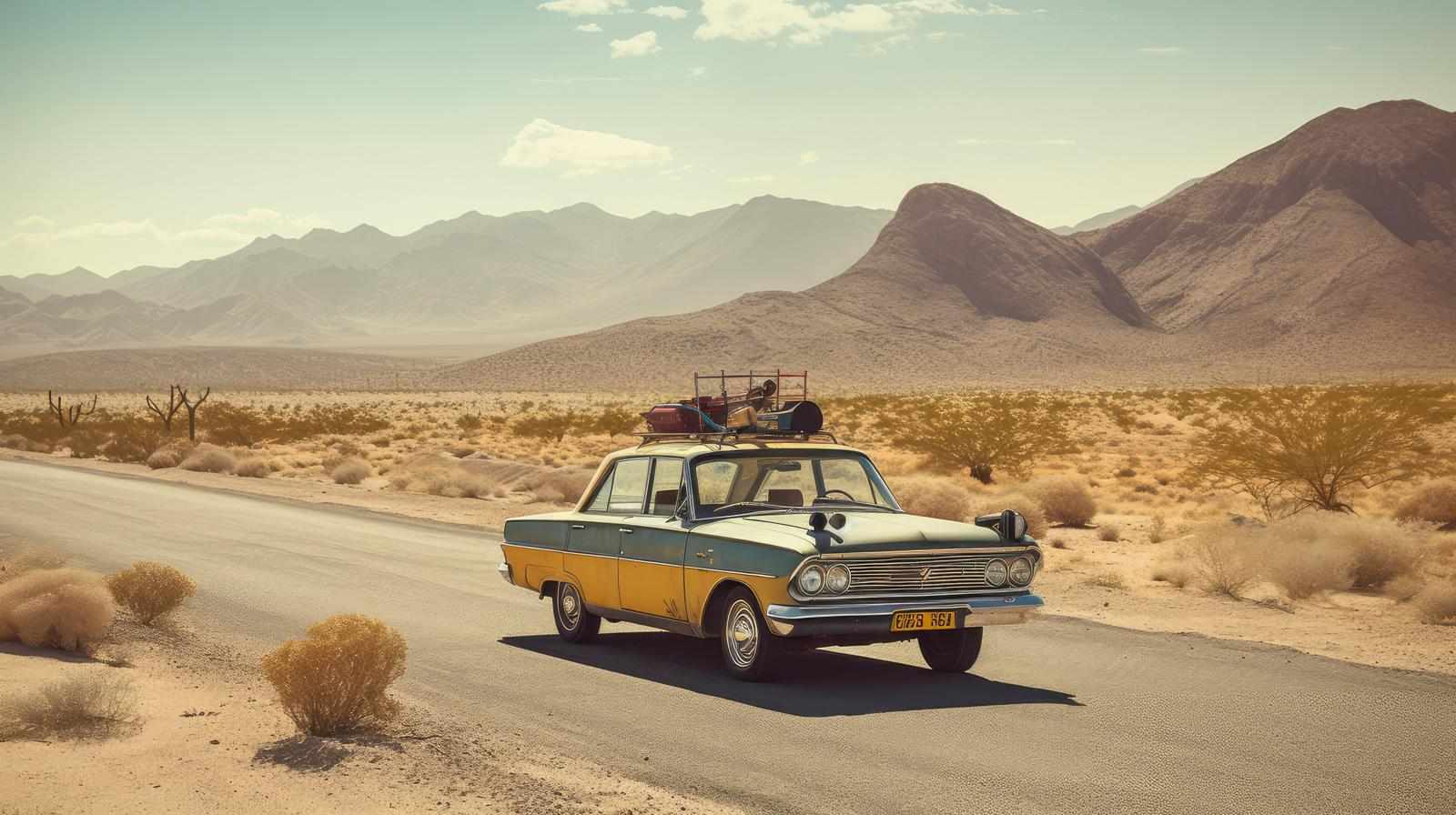
Etosha National Park: A wildlife photographer's paradise. Lions, elephants, giraffes, and rhinos inhabit this place, usually congregating around watering holes.
Sossusvlei and Namib Desert: Colossal red dunes and empty expanses create awe-inspiring backdrops, particularly at sunrise and sunset.
Skeleton Coast: Reputed for misty dawns, derelict shipwrecks, and seal colonies—the ultimate location for moody, atmospheric images.
Damaraland: Provides tough landscapes and infrequent desert-dwelling elephants, perfect for off-the-beaten-track wildlife photographs.
Whether you’re capturing the golden light over sand dunes or photographing wildlife in action, Namibia provides scenes that are hard to find anywhere else in the world.
How the Namibia eVisa Makes Photography Trips Easier
For photographers, traveling with equipment can already be a challenge. Long queues at embassies or border posts only add stress. The Namibia eVisa solves this by allowing travelers to apply Namibia eVisa online before departure.
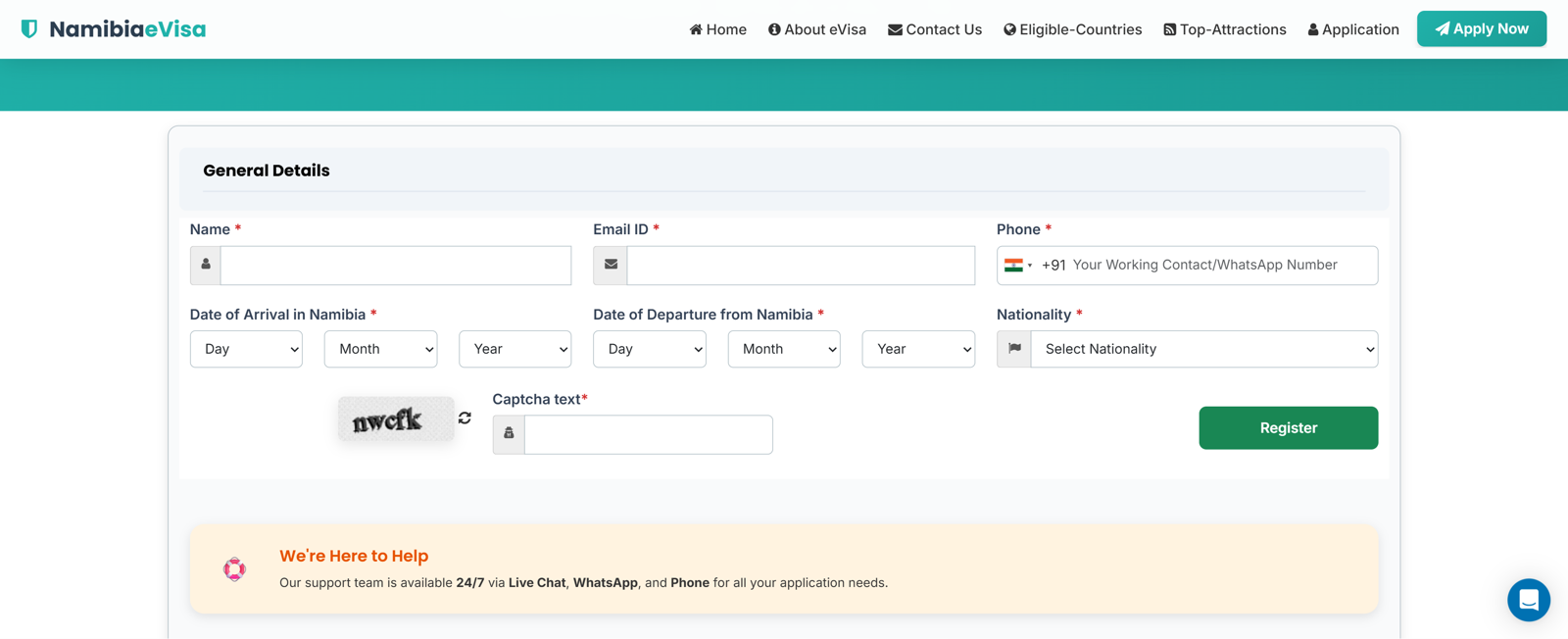
Advantages for Photographers:
Quicker Entry: No queues at the airport or hold-ups at land borders.
Peace of Mind: Your visa in advance means you can book flights, car hire, and safari accommodations with certainty.
Ease of Travel Plans: Take additional days to shoot wildlife at Etosha or landscapes at Sossusvlei without hassle over visas.
Multiple Entry Points: Usable at major airports and chosen land borders, the eVisa is suitable for air or overland entry.
With entry taken care of, photographers are free to scout for locations, organize shots during the golden hour, and work with safari guides.
Planning Your Photography Safari
Proper planning can make all the difference in Namibia:
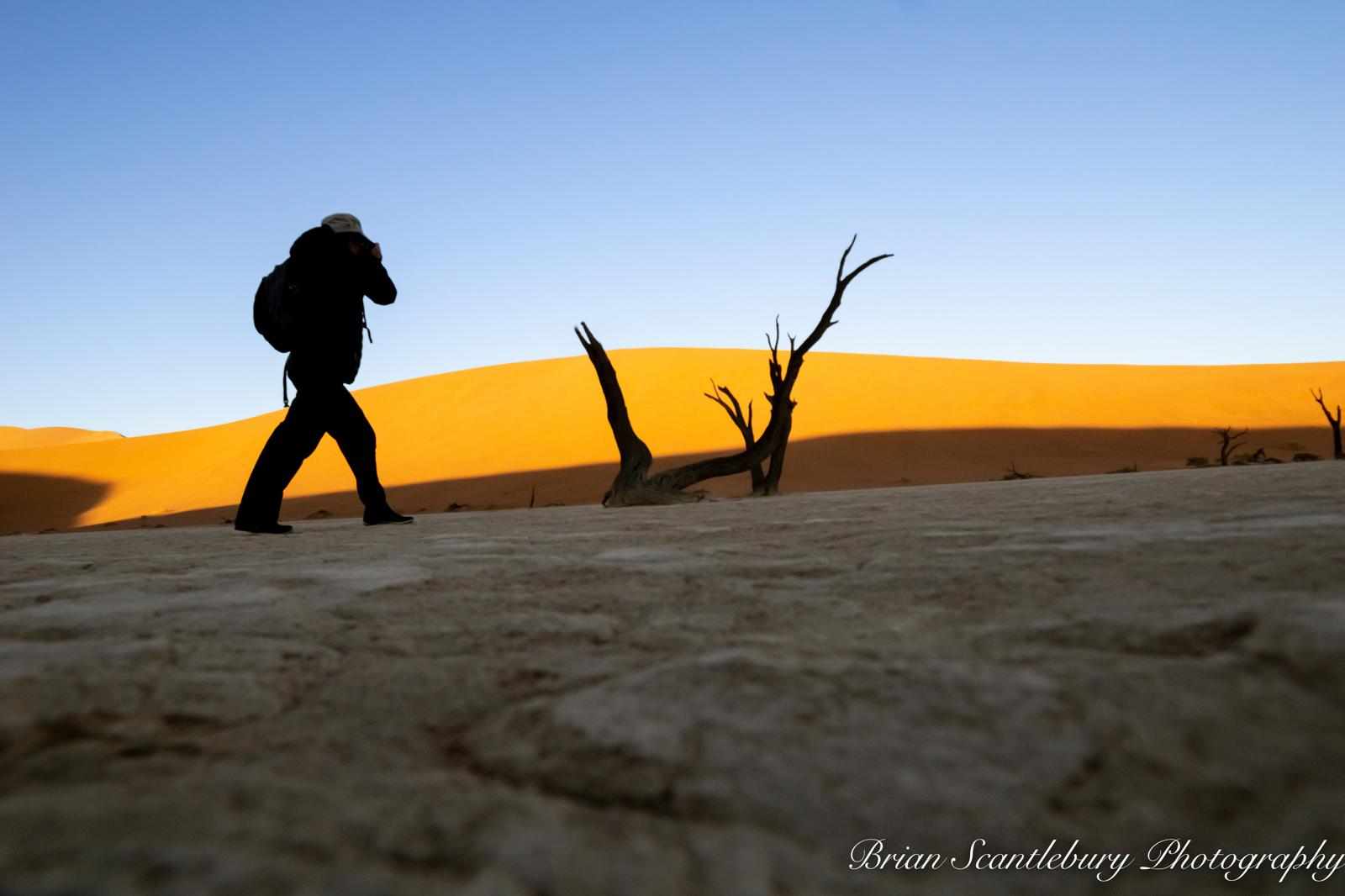
1. The Right Season
Dry Season (May–October): Animals huddle around waterholes, so animals are easier to locate. Clear skies also provide great lighting for landscapes.
Wet Season (November–April): Green landscapes and migratory birds bring color, but animals are more dispersed.
2. Best Places to Photograph
Etosha National Park: Okaukuejo, a major waterhole, is ideal for taking photos of elephants, lions, and antelopes. Flashlights and long exposure work at night too.
Sossusvlei: Shoot before dawn to get the warm light on the dunes. Dune 45 is ideal for sunrise and sunset photography.
Skeleton Coast: Fog in the early morning adds drama. Shipwrecks work well as interesting compositions.
Damaraland: Capture rare desert-adapted elephants or rhinos against harsh desert backdrops.
3. Gear Basics
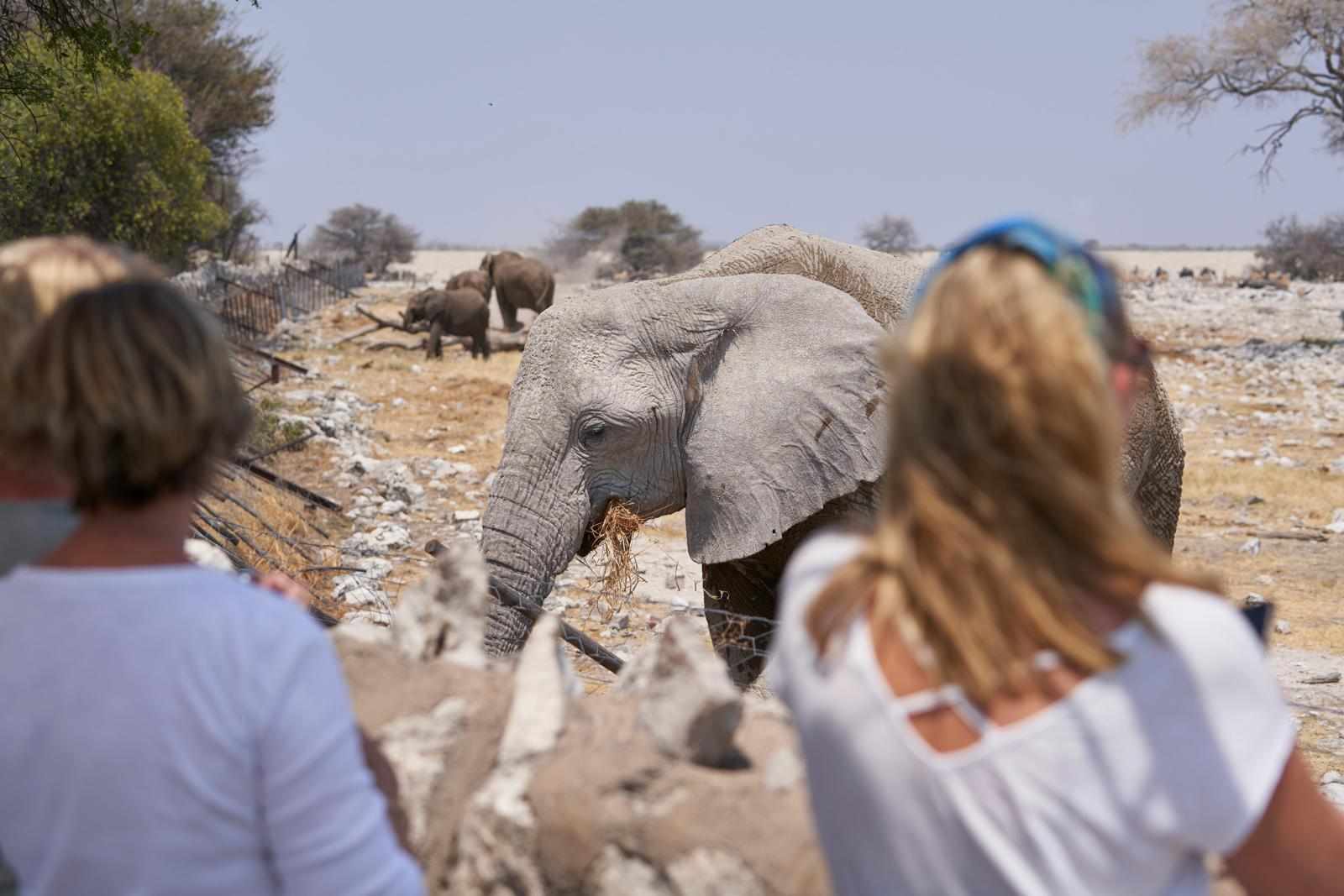
Camera: Mirrorless or DSLR with swift autofocus works best for wildlife.
Lenses: Telephotos (300–600mm) for wildlife, wide-angle for landscapes.
Accessories: Tripod, spare batteries, memory cards, and gear dust protection.
4. Safari Essentials
Guided vs. Self-Drive: Self-drive safaris provide autonomy, but guides spot animals quicker and know local tips.
Timing: Soft light and wildlife activity in the early morning and late afternoon.
Accommodation: Staying in lodges or camps within or close to parks saves time and allows you to photograph wildlife at dawn and dusk.
eVisa Advantages for Photographers
The Namibia eVisa helps directly towards a successful photography trip:
Concentration on Photography: Since entry is already arranged, you can schedule your shoots without hassle.
Time-Saving: No need to visit the embassy or wait at the borders.
Budget Management: With less uncertainty, money can be invested in safari guides, park entries, and photography equipment.
For those with limited time, the eVisa allows each day in Namibia to be utilized well to get the most out of their photos.
Additional Tips for a Successful Experience
Scout Out Locations in Advance: Identify best sunrise and sunset locations.
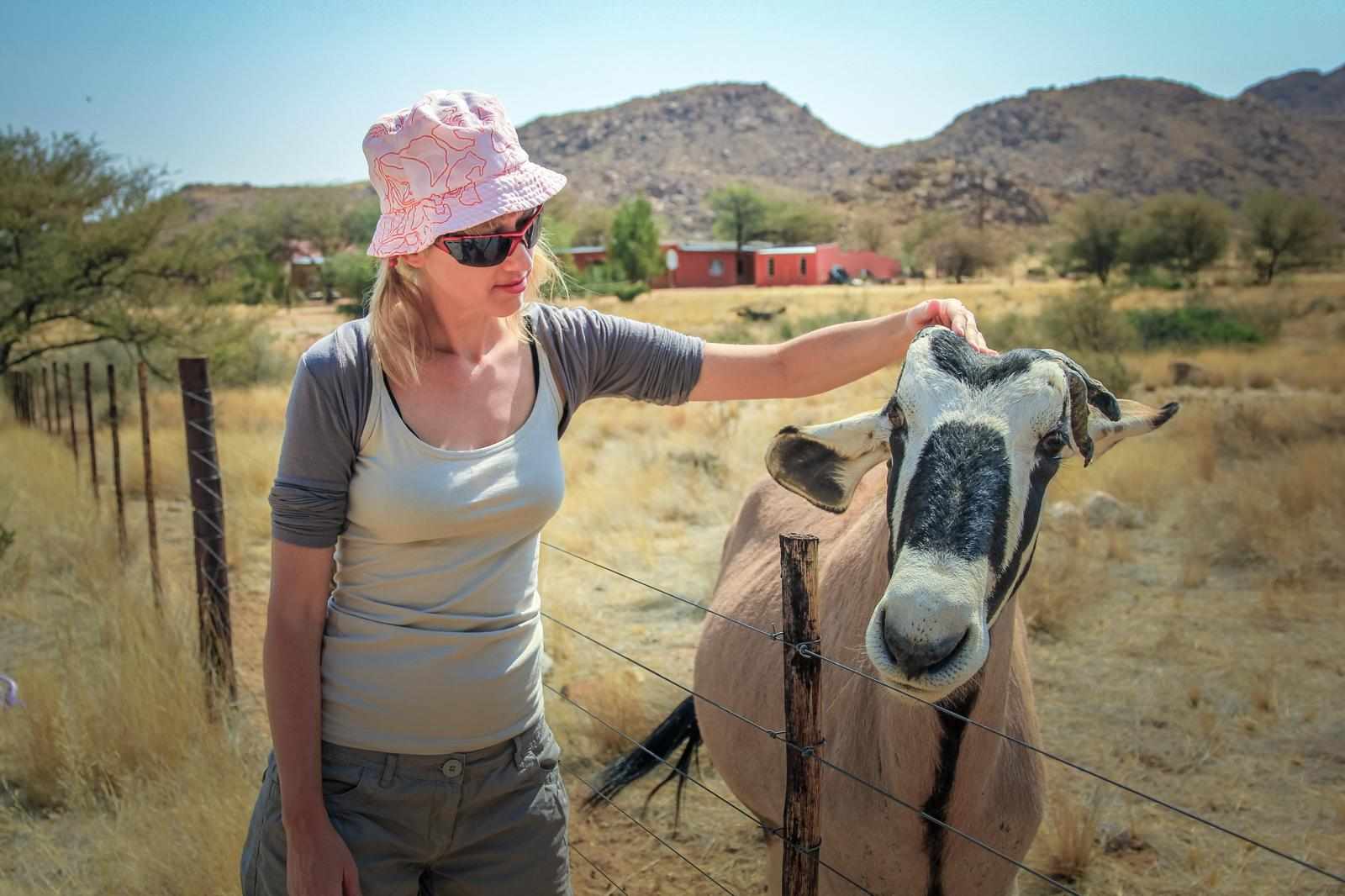
Respect Animals: Maintain distance and never disturb wildlife.
Weather Prep: Namibia may be warm during the day and cold at night; bring layers.
Learn from Locals: Guides and other photographers typically know the best spots.
Backup Plan: Back-up locations in case weather or animal activity doesn't work out.
Namibia provides wildlife and landscape photography experiences unlike any other nation. Its mountains, deserts, and wildlife-dense parks present unlimited possibilities for taking great pictures. The Namibia eVisa facilitates visits to these places to be easier, quicker, and more trustworthy.
Whether you’re photographing lions at a waterhole, the sunrise over a towering dune, or fog-draped shipwrecks along the Skeleton Coast, the eVisa ensures your focus remains on the art of photography rather than paperwork. For wildlife photographers planning a trip to Namibia, securing an eVisa is the first step toward a seamless, unforgettable adventure.
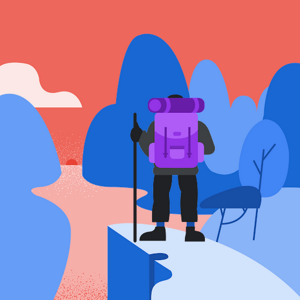
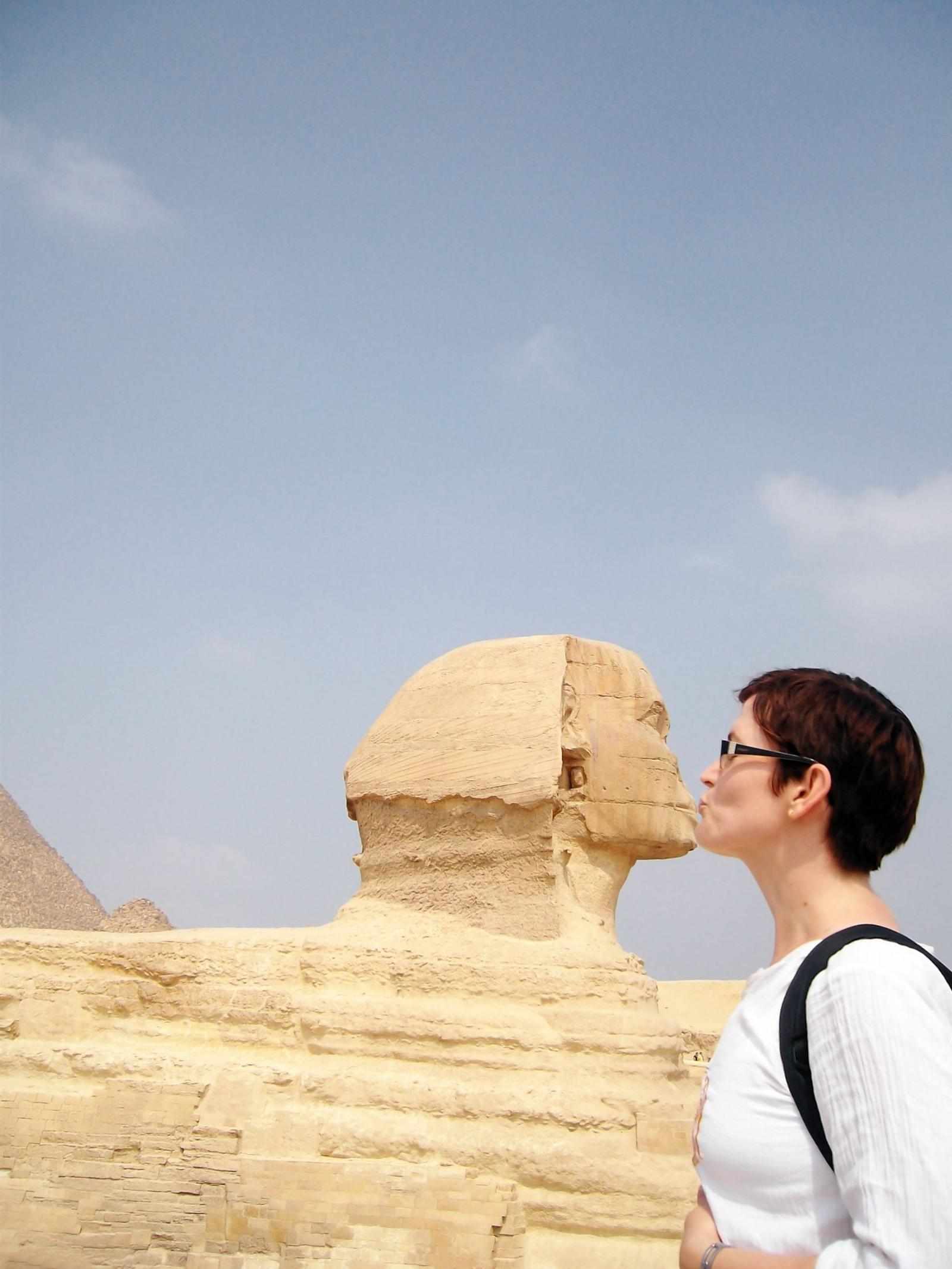
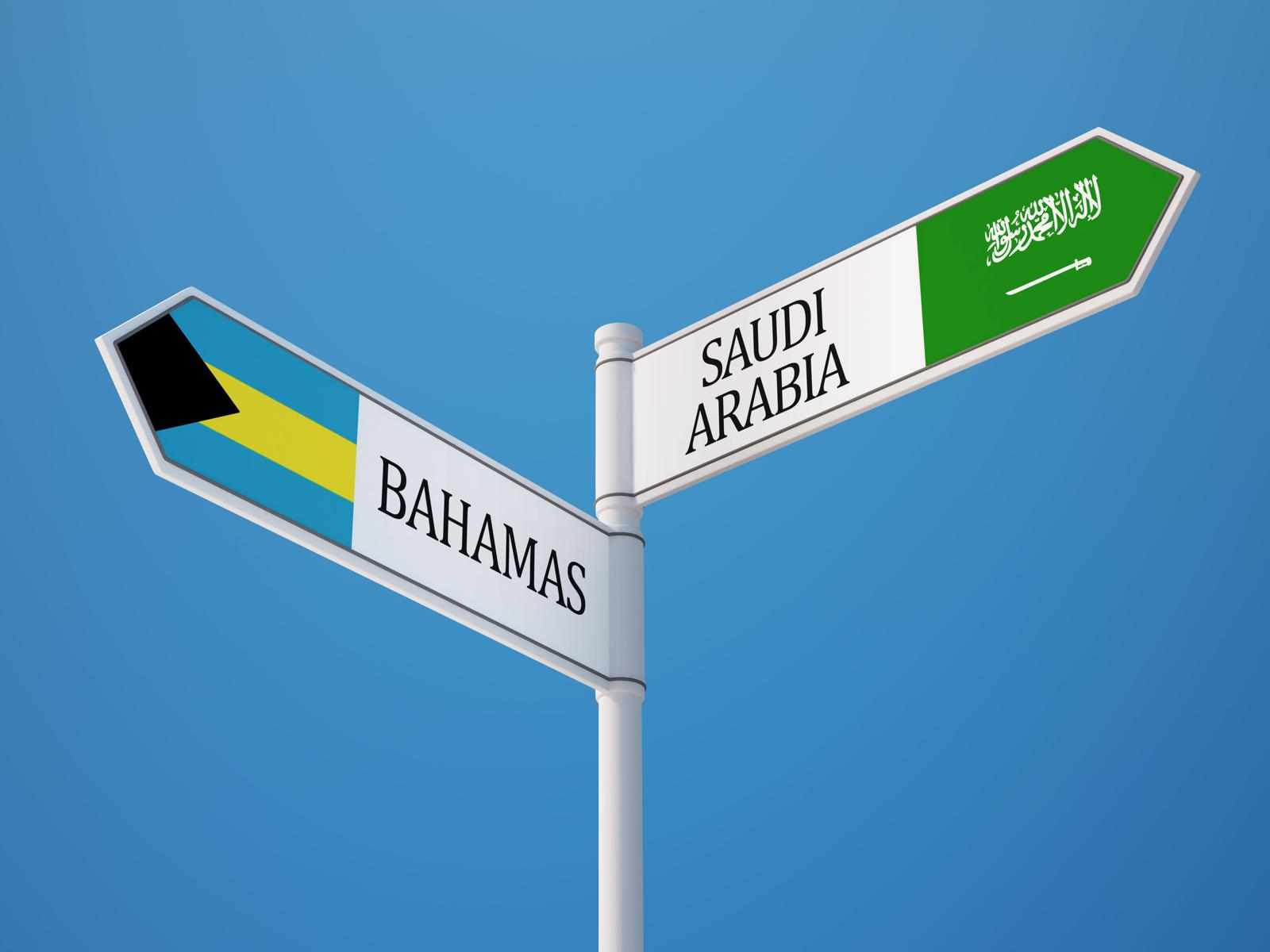
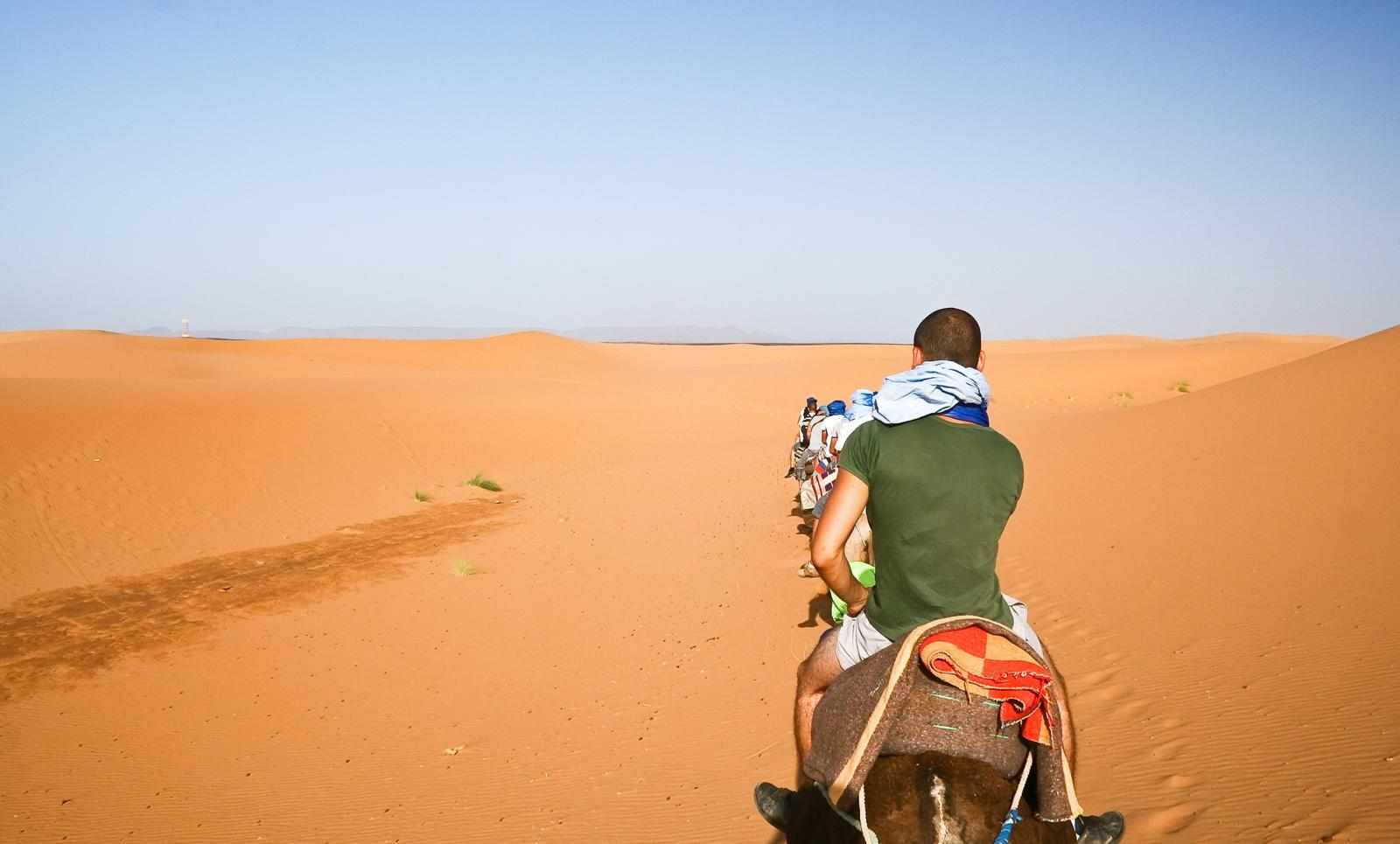
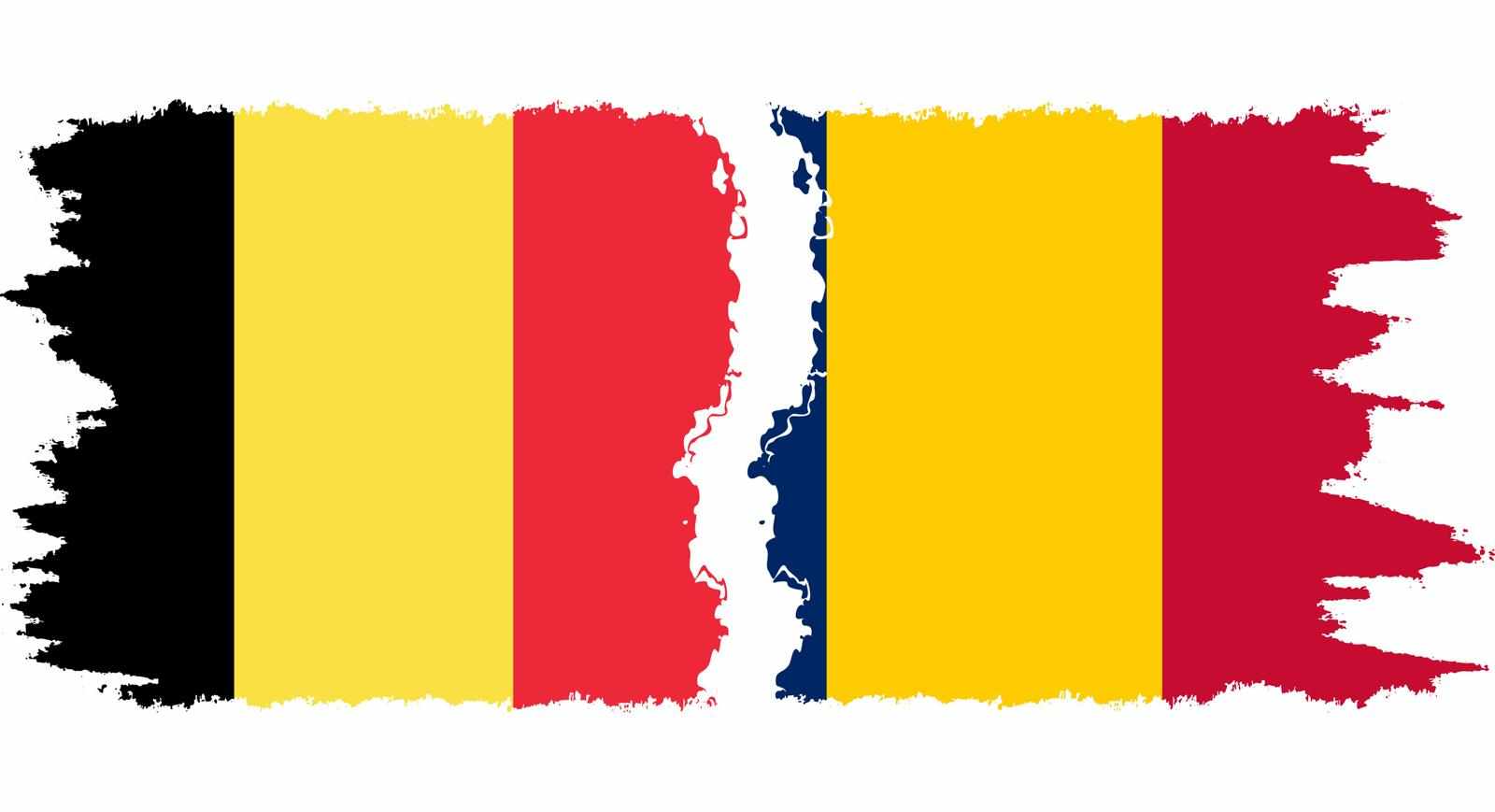
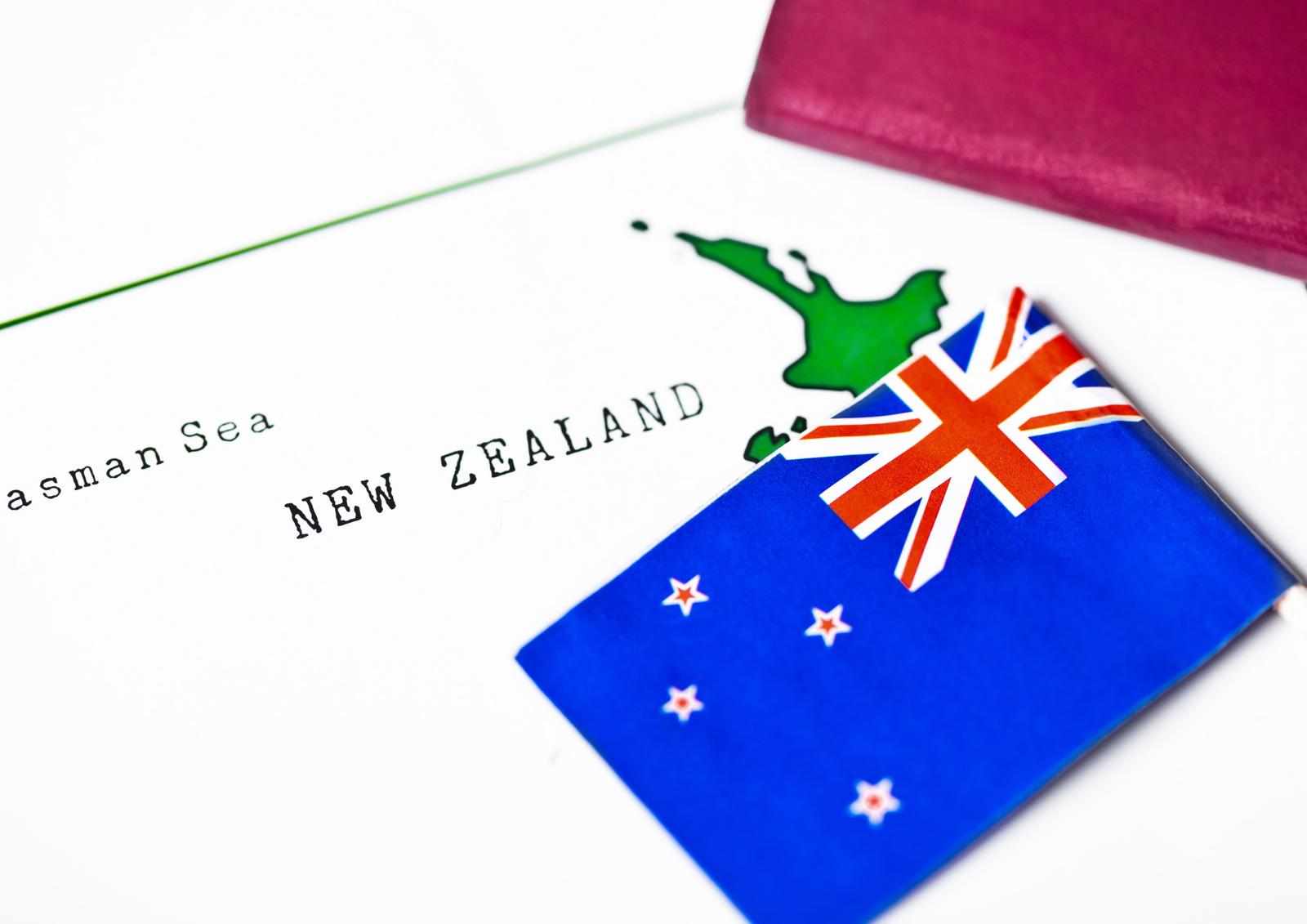
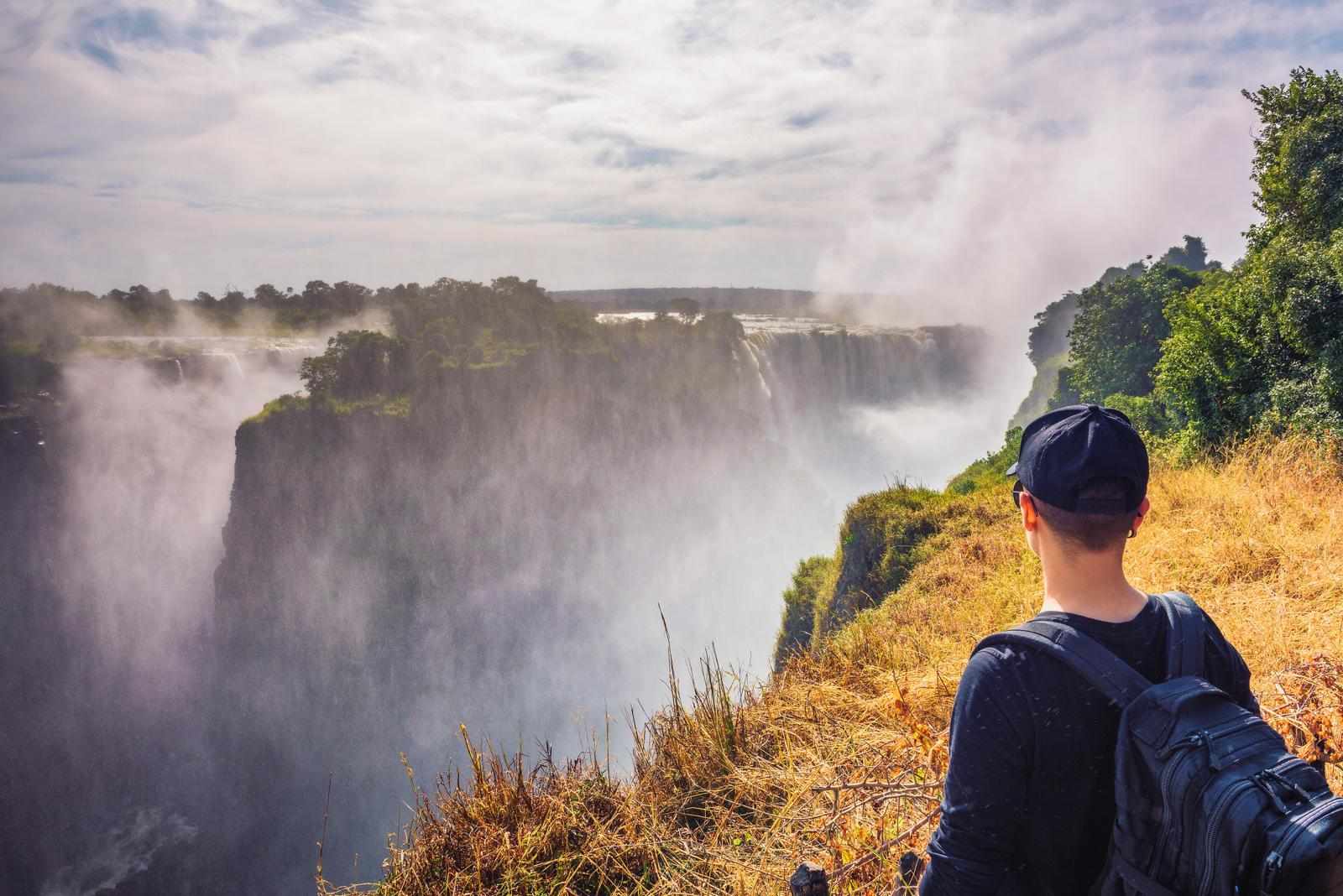


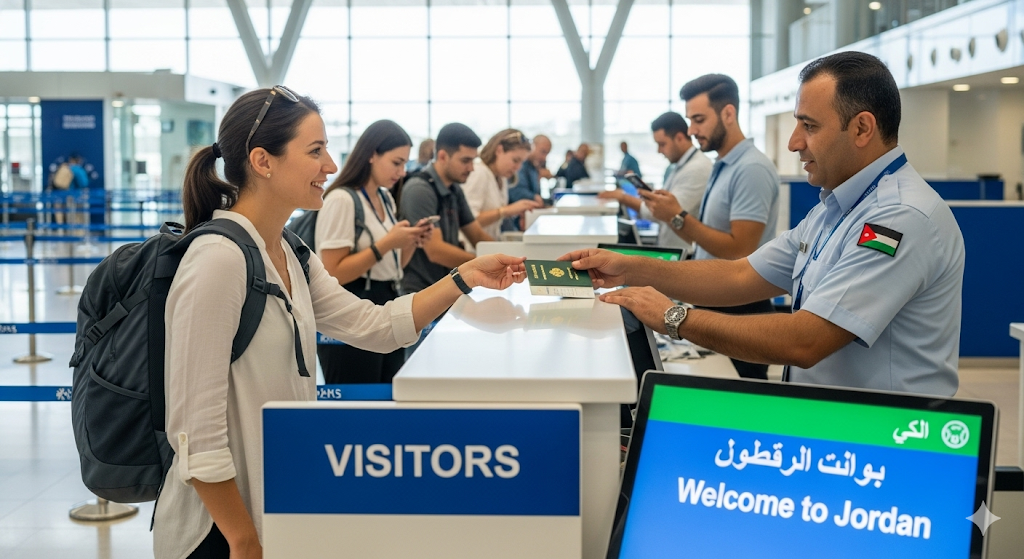
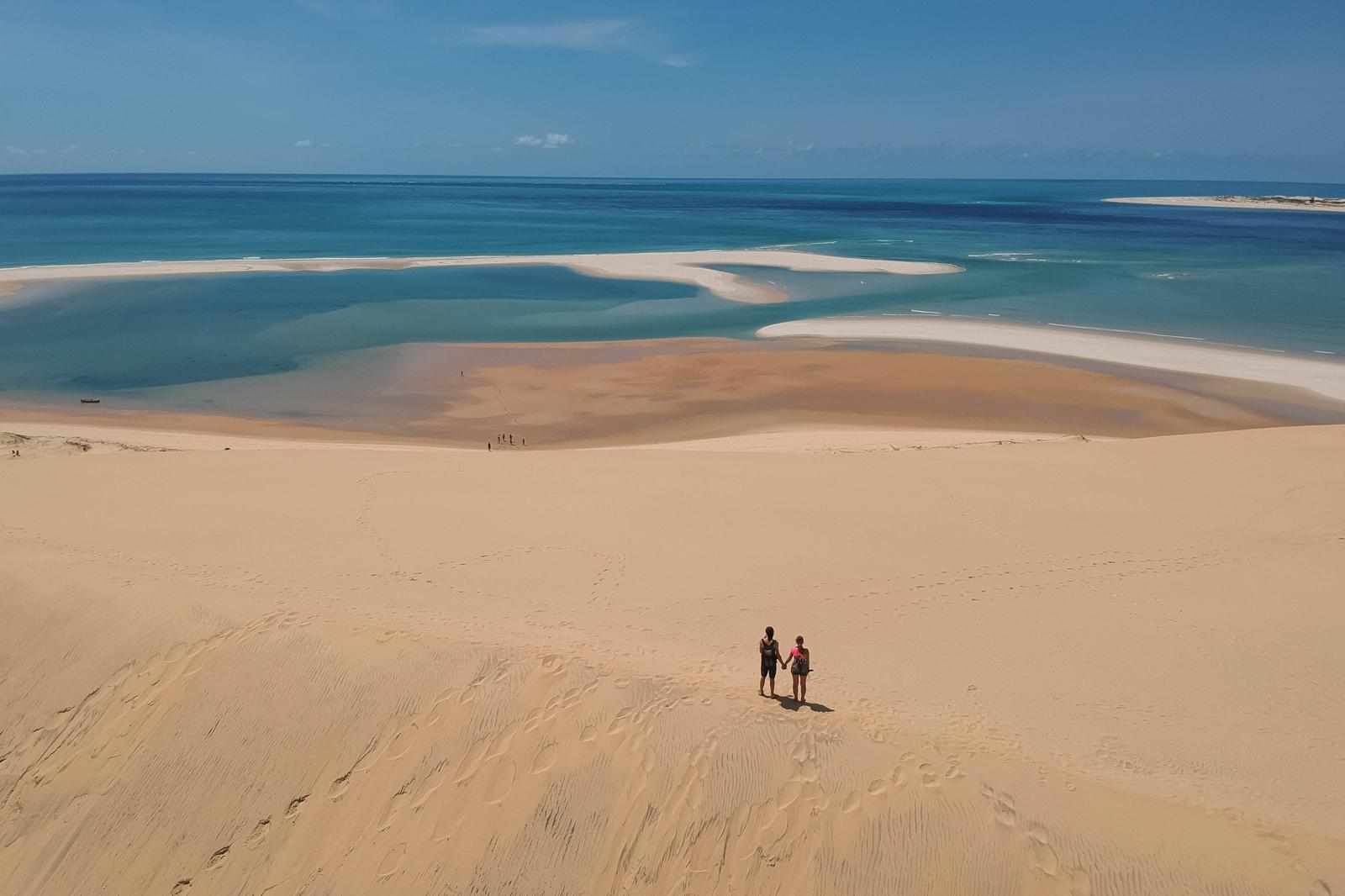
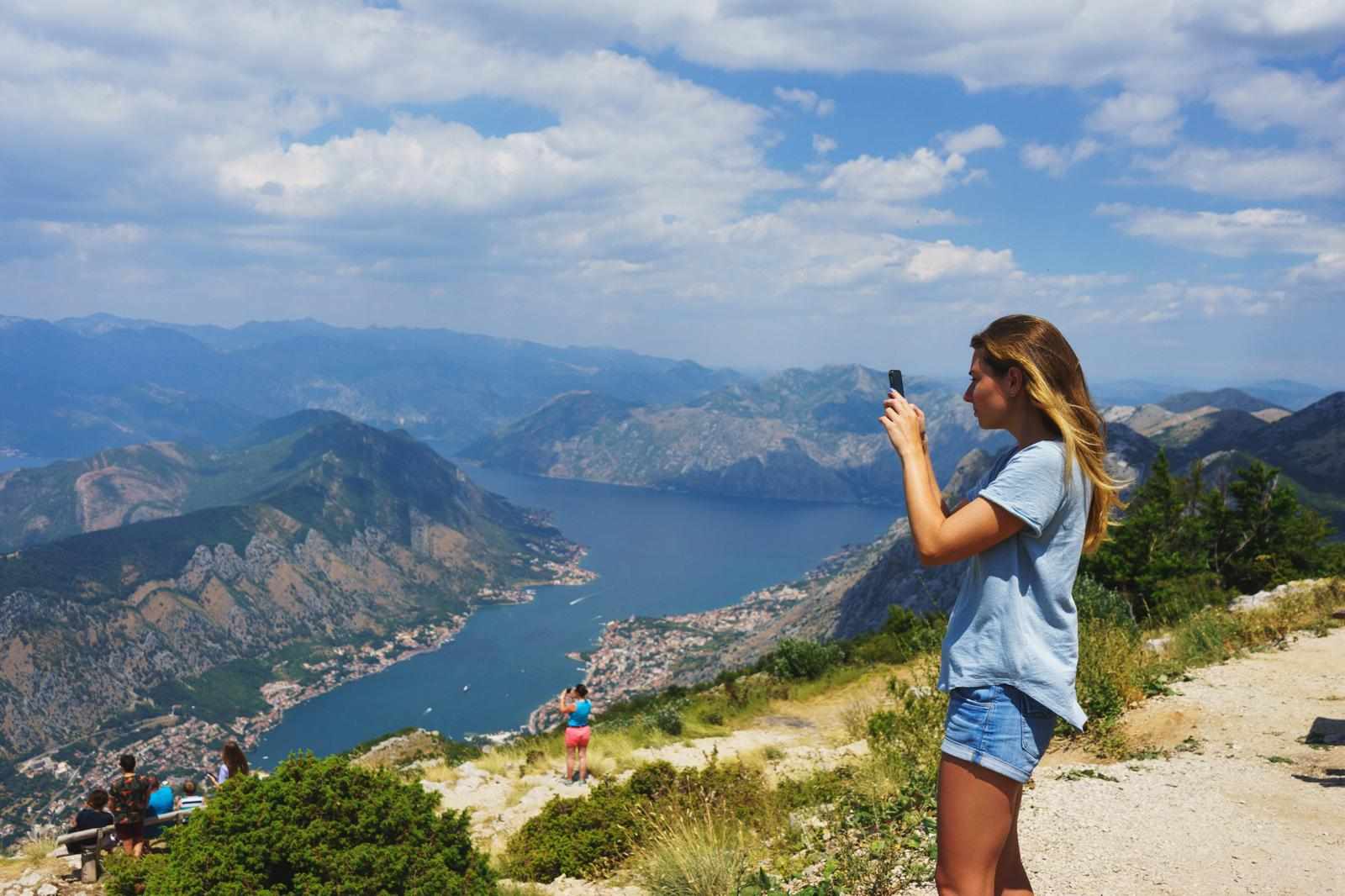
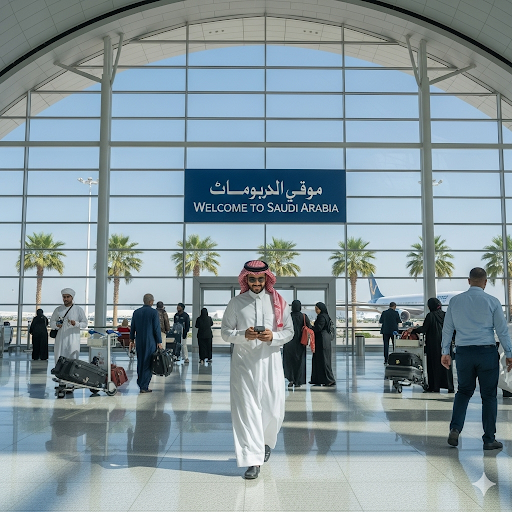
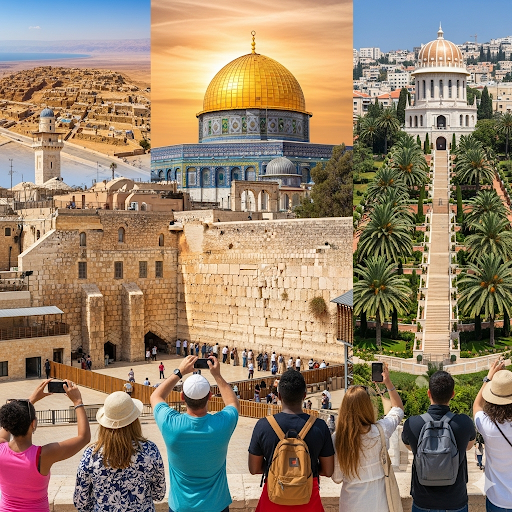
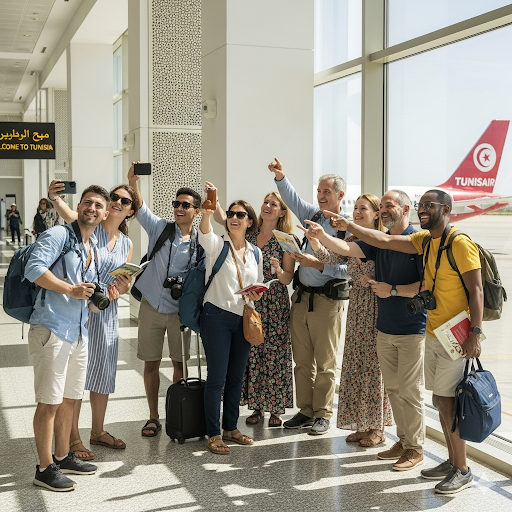
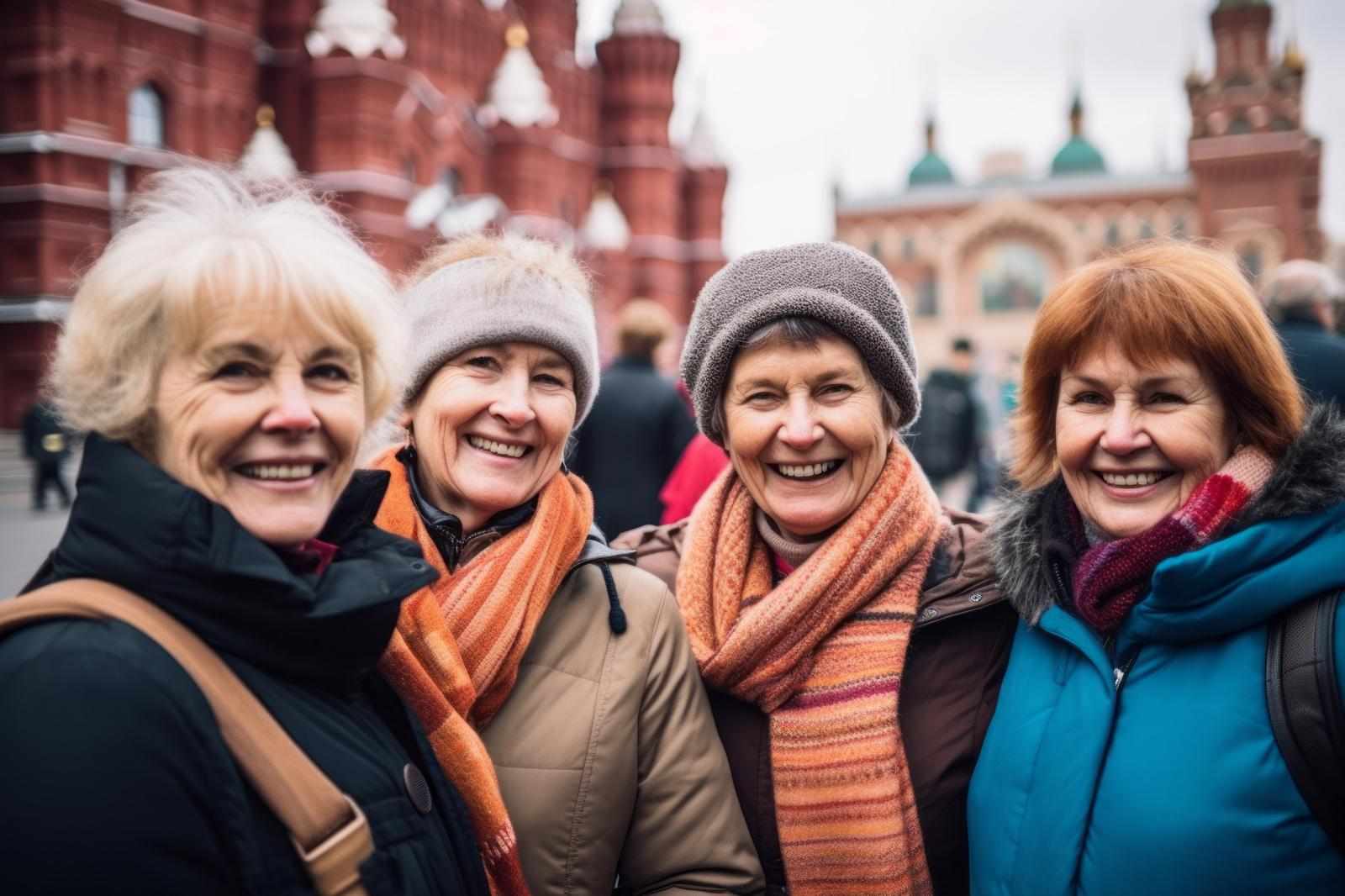
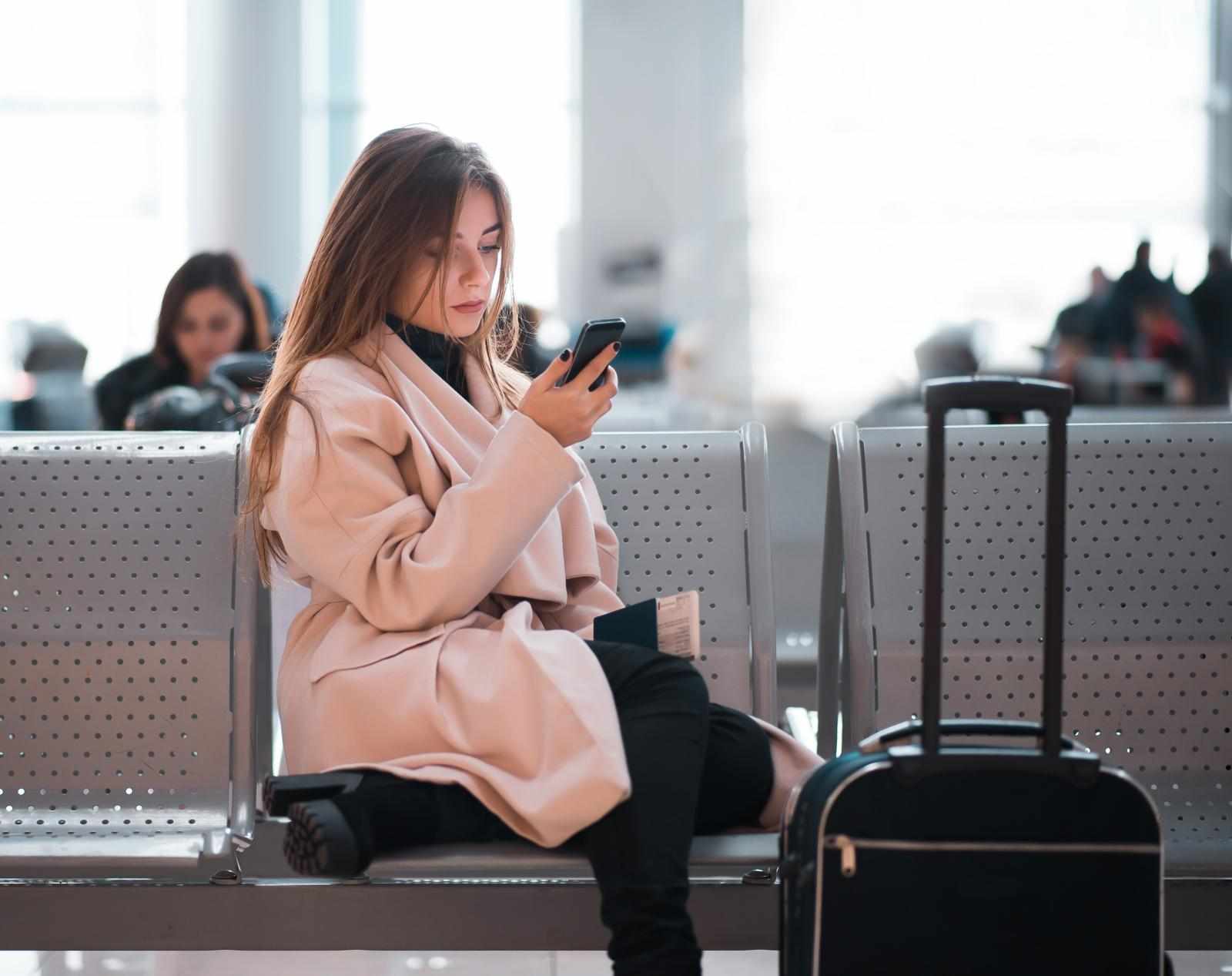
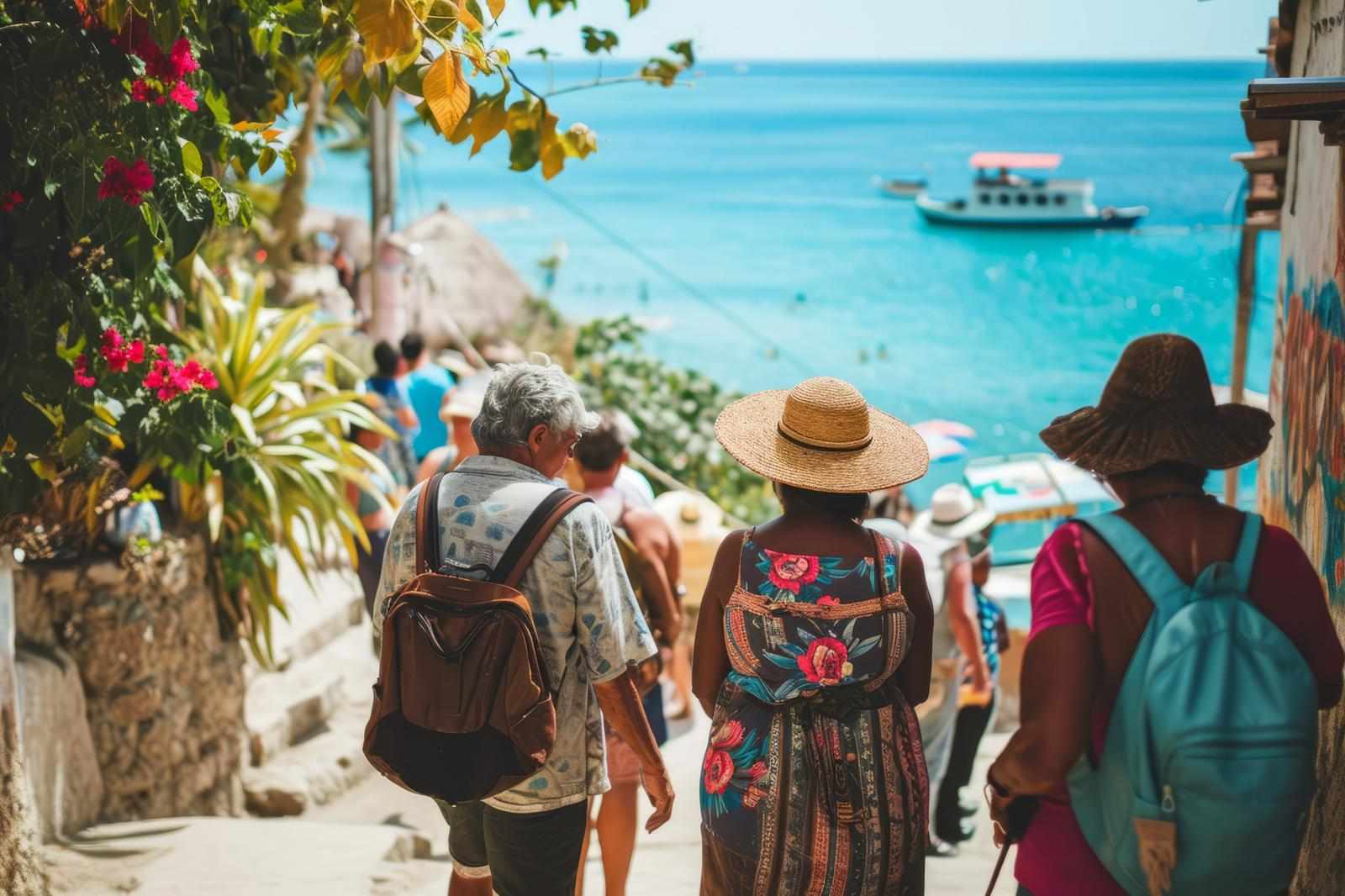
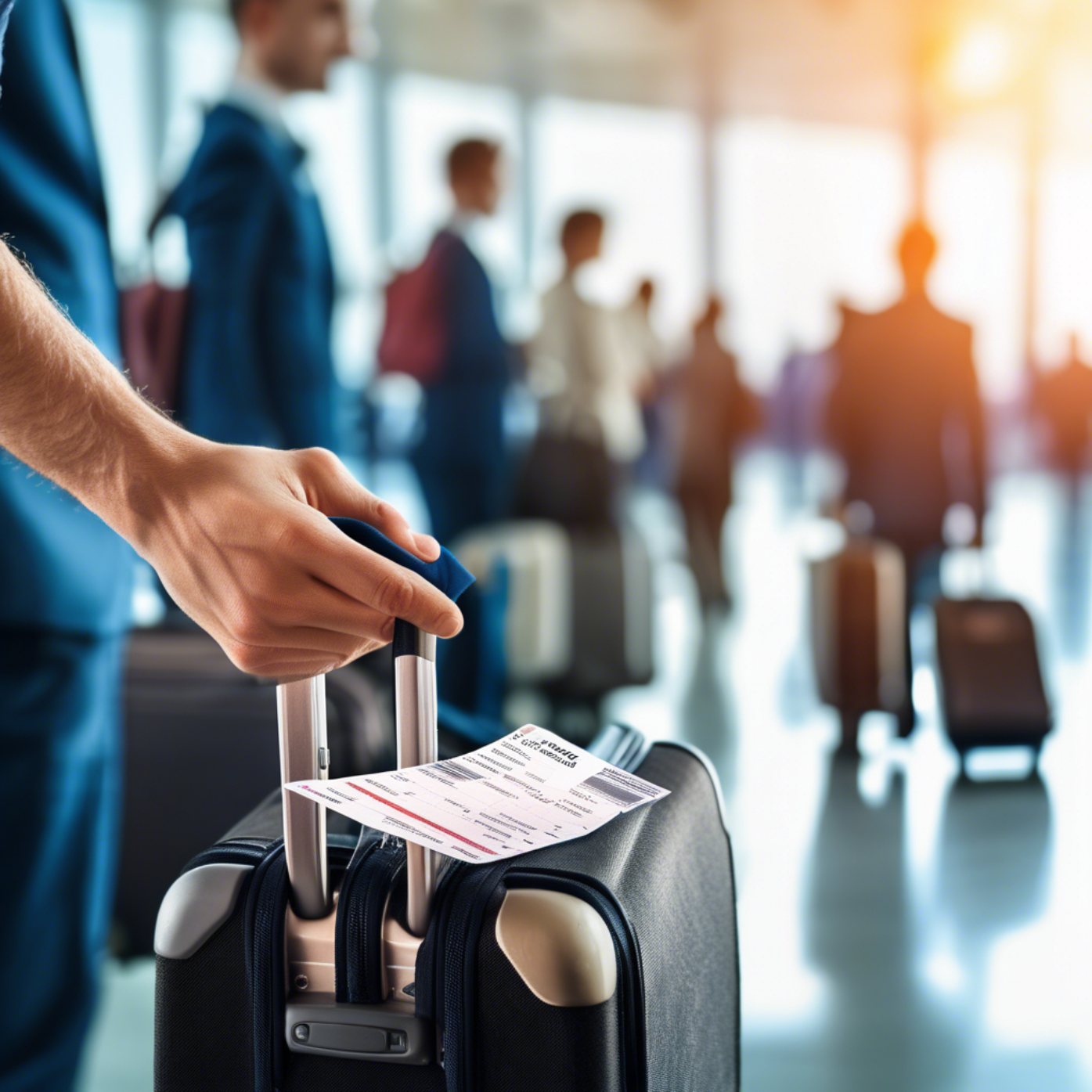

Write a comment ...